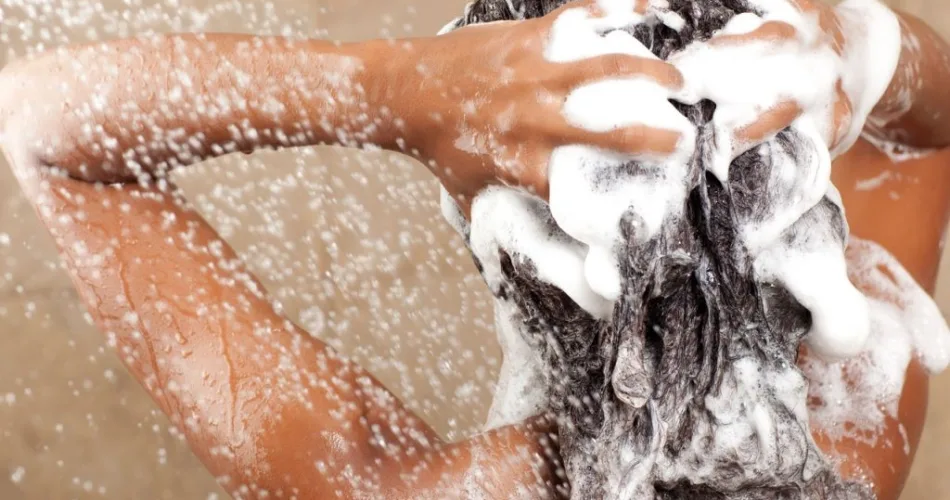Sulphate-free shampoos have gained significant popularity in recent years, with consumers increasingly seeking gentler alternatives to traditional hair care products. Sulphates, such as sodium lauyrl sulphate (SLS) and sodium laureth sulphate (SLES) are common ingredients in many shampoos, renowned for their foaming and cleansing properties. However, concerns about their potential side effects have prompted a surge in the demand for sulphate-free alternatives. In this article, we explore into the key aspects of sulphate-free shampoos, exploring their benefits, potential drawbacks, and the science behind their rise in the beauty industry.
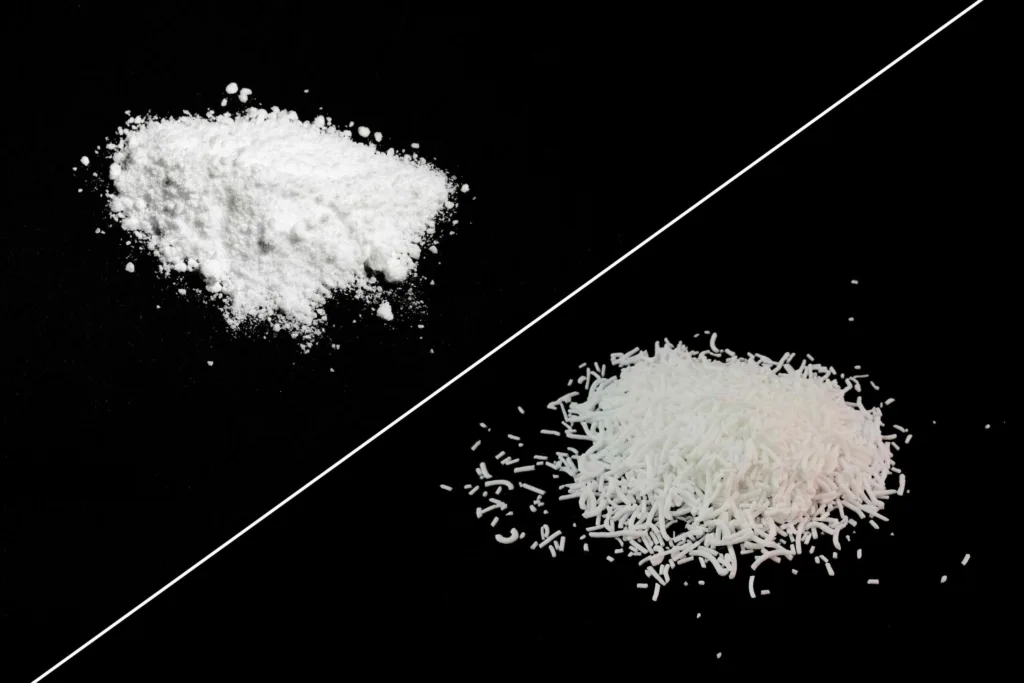
Understanding Sulphates:
Sulphates are surfactants, which means they help water to mix with oil and dirt, allowing them to be rinsed away. While effective in cleansing the hair and scalp, sulphates have been associated with certain drawbacks. Healthline – Hair Health (H-HH). These include stripping the hair of natural oils, causing dryness, and irritating the scalp. Additionally, sulphates can fade hair colour and may lead to frizziness, particularly in individuals with dry or curly hair. Moreover, sulphates can be irritating to the scalp, causing dryness, redness, and itching. For those with sensitive skin or certain skin conditions, sulphates containing shampoos may make worse these issues.
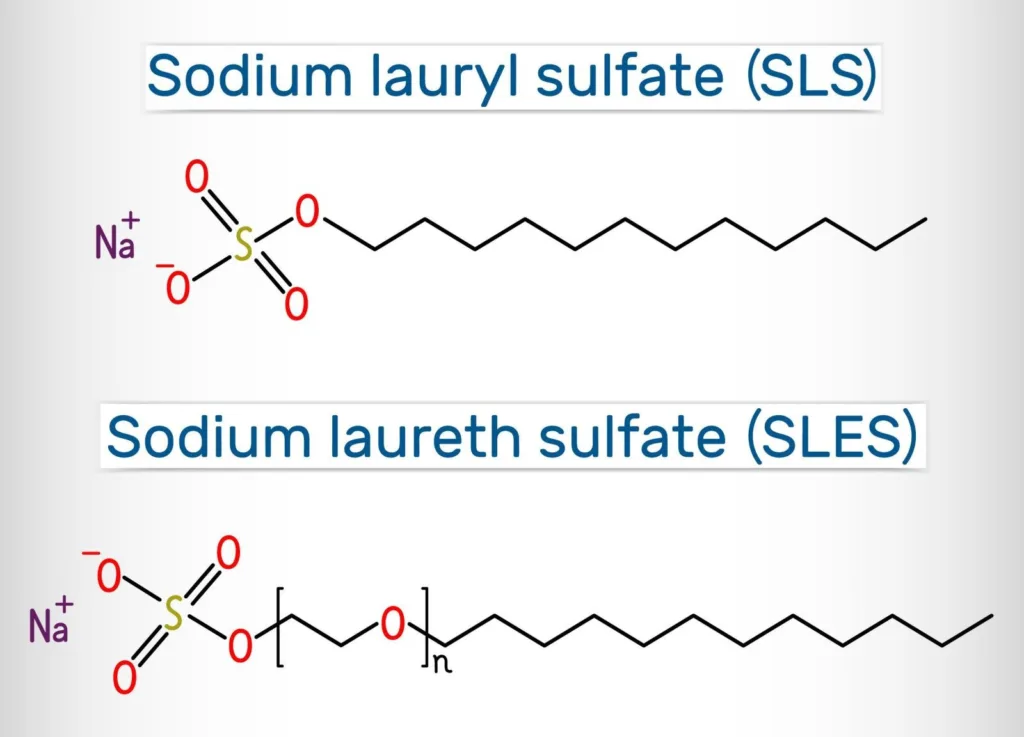
Benefits of Sulphate-Free Shampoos:
Sulphate-free shampoos represent a conscious shift towards gentler and more skin-friendly hair care. While they may not produce the same foaming action as their sulfate-containing counterparts, the benefits in terms of maintaining natural oils, preserving hair color, and reducing irritation make them a preferred choice for many. In recent years, there has been a growing demand for sulfate-free shampoos. https://www.americanhairloss.org/ .These alternatives use milder surfactants or natural cleansers to maintain cleanliness without the harsh effects of sulfate. Sulfate-free shampoos are often marketed as gentler and more suitable for color-treated or chemically processed-hair. As buyer awareness grows, the sulphate-free trend is likely to continue influencing the beauty industry, encouraging the development of new and effective hair care solutions.
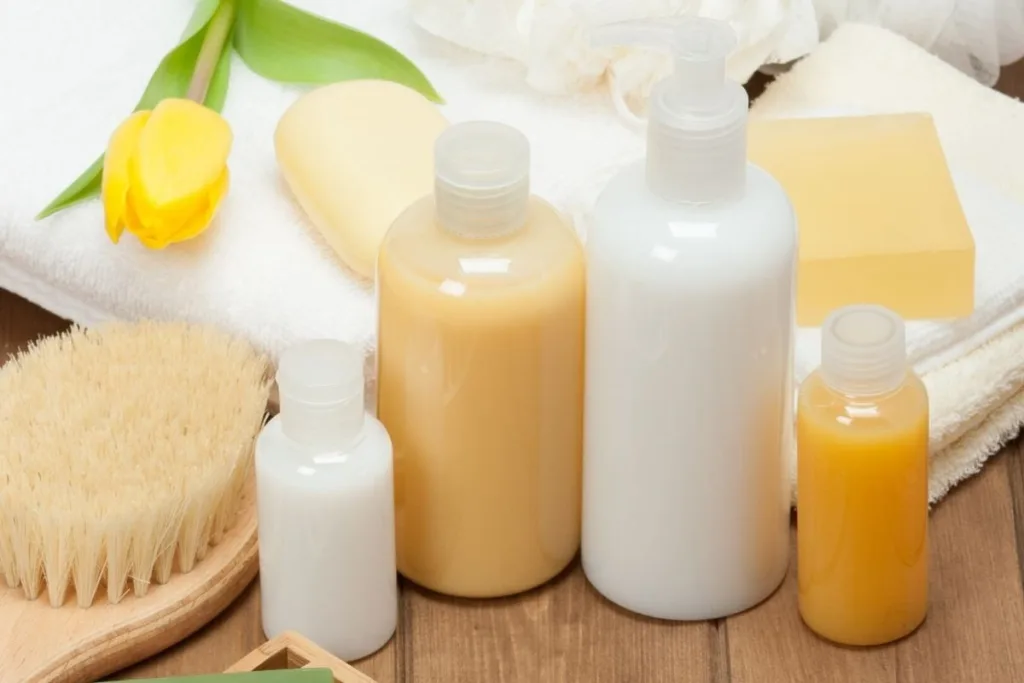
Gentle Cleansing:
Gentle cleansing of hair is an essential aspect of maintaining healthy and vibrant locks. Using mild and nourishing techniques helps to remove dirt, excess oil, and product buildup without causing damage to the hair shaft or scalp. Sulphate-free shampoos use alternative surfactants, such as plant-based cleansers or amino acid-based surfactants, to provide a milder cleansing experience. This makes them suitable for individuals with sensitive skin or those prone to scalp irritation. Gentle cleaning practices into your hair care routine; you can maintain healthy and beautiful hair without compromising its natural texture and flexibility.
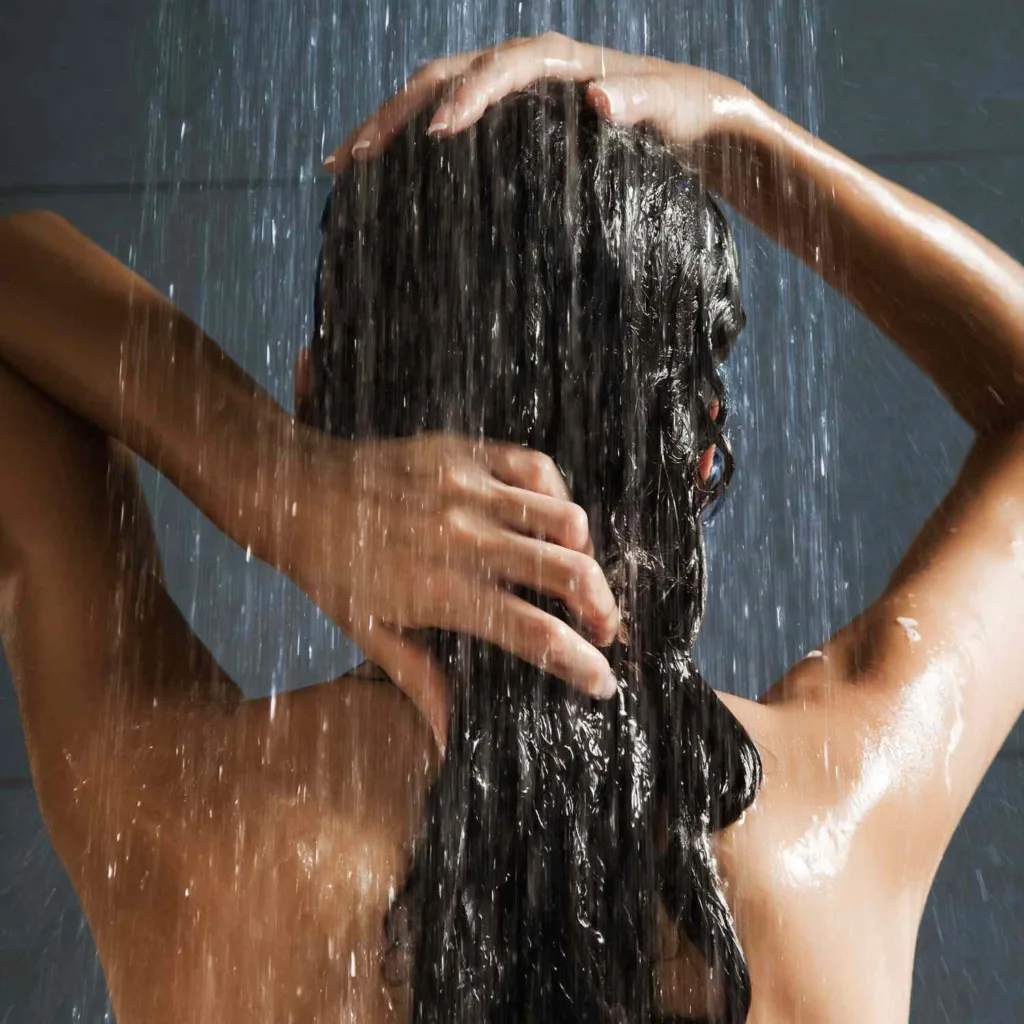
Preservation of Natural Oils:
The human scalp produces sebum, natural oil that serves as the hair’s built-in conditioner. This oil nourishes the strands, provides a protective barrier, and imparts a healthy sheen. Preserving these natural oils is essential for preventing dryness, frizz, and damage. Unlike sulphate-containing shampoos, sulphate-free options are designed to clean without stripping away the hair’s natural oils. This helps maintain moisture levels, preventing dryness and promoting healthier-looking hair. Over washing can strip the hair of its natural oils, leaving it dry and prone to breakage. Opt for sulphate-free, gentle shampoos that clean the hair without harshly disrupting the scalp’s oil production. Consider washing your hair every 2-3 days to maintain a healthy balance of oils.
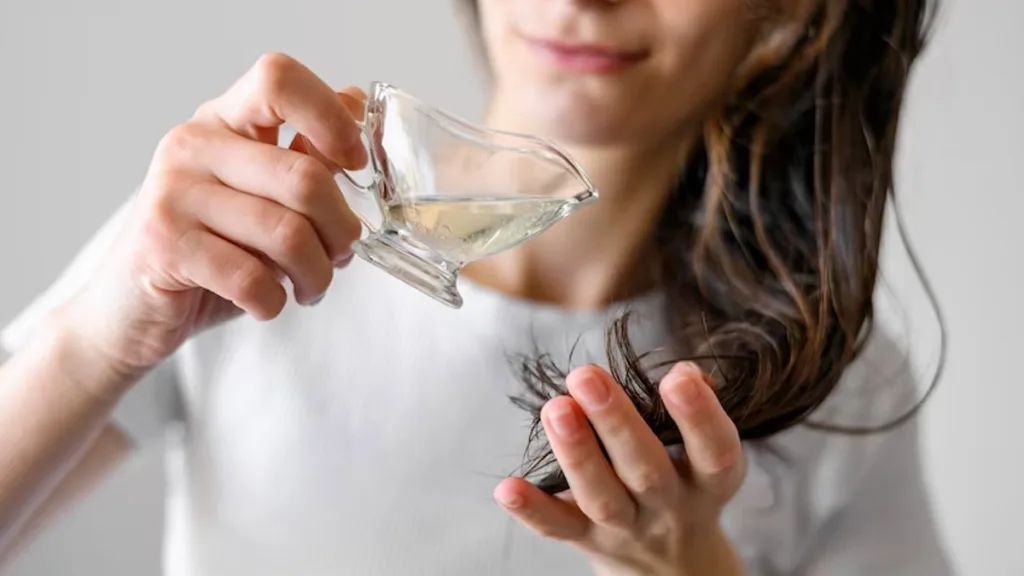
Color-Friendly:
Sulphate-free shampoos are often recommended for individuals with color-treated hair. By avoiding harsh sulphates, these shampoos help preserve hair color for a longer duration, reducing fading and extending the vibrancy of dyed hair. Here’s a step-by-step guide on how to dye your hair:
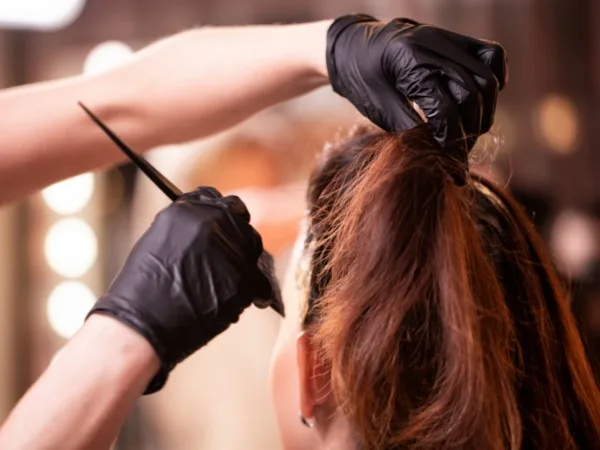
1. Choose the Right Hair Dye: Select a hair dye that suits your desired color and hair type. There are various types of dyes, including permanent, semi-permanent, and temporary. Permanent dyes offer long-lasting results, while semi-permanent ones fade gradually.
2. Gather Supplies: Ensure you have all the necessary tools and supplies:
• Hair dye kit
• Old shirt or towel
• Gloves
• Petroleum jelly or barrier cream
• Applicator brush or bottle
• Sectioning clips
• Plastic shower cap or cling film
• Timer
• Shampoo and conditioner
• Microfiber towel
3. Perform a Patch Test: Before applying the dye to your entire head, do patch tests to check for any allergic reactions. Apply a small amount of the dye to a small area of your skin and wait 24-48 hours to see if there’s any irritation.
4. Prepare Your Hair: Start with unwashed, dry hair. This allows your natural oils to protect your scalp from potential irritation. Cover your shoulders with an old shirt or towel to avoid staining your clothes.
5. Protect Your Skin: Apply petroleum jelly or a barrier cream along your hairline, ears, and neck to prevent the dye from staining your skin. Wear gloves to protect your hands.
6. Section Your Hair: Divide your hair into sections using clips. This ensures even application and helps you reach all areas of your hair.
7. Mix the Dye: Follow the instructions on the dye kit to mix the color. Wear gloves during this process to avoid staining your hands. Use an applicator brush or the provided bottle for precise application.
8. Apply the Dye: Begin applying the dye to each section of hair, starting at the roots and working your way down to the tips. Make sure to saturate the hair evenly for consistent color.
9. Time the Process: Set a timer according to the instructions provided with the dye. The processing time varies depending on the type of dye and your desired results.
10. Rinse and Condition: Once the processing time is complete, rinse your hair thoroughly with lukewarm water until the water runs clear. Follow up with a color-safe shampoo and conditioner to lock in the color and add moisture to your hair.
11. Final Steps: Pat your hair dry with a towel and style as usual. Be cautious with the initial washes, as the color may bleed. Consider using color-protecting products to maintain vibrancy.

Reduced Scalp Irritation:
People with sensitive scalps or skin conditions like eczema may find relief by using sulfate-free shampoos. These products are formulated to be less irritating, providing a more comfortable experience during and after washing. Scalp irritation can be a difficult and uncomfortable condition, often resulting from various factors such as dryness, product buildup, or sensitivity to certain ingredients. While over-the-counter remedies are available, adopting a natural approach can be effective in reducing scalp irritation without resorting to harsh chemicals. Here are some practical tips to soothe and improve scalp discomfort naturally.
- Begin by choosing a mild, sulfate-free shampoo to cleanse your hair. Harsh detergents can strip the scalp of its natural oils, leading to dryness and irritation. Opt for products with natural ingredients like aloe Vera or chamomile, known for their soothing properties.
- Maintain a proper balance of moisture in your scalp by using a conditioner suitable for your hair type. Maintain a proper balance of moisture in your scalp by using a conditioner suitable for your hair type.
- Aloe Vera is a soothing plant with anti-inflammatory properties. Apply pure aloe Vera gel directly to your scalp, leaving it on for about 20 minutes before rinsing. This can help reduce redness and inflammation.
- Identify and eliminate potential irritants from your hair care routine. Check the ingredient lists of your hair products and avoid those containing alcohol, sulphates, and synthetic fragrances, as these can contribute to scalp irritation.
- Regular scalp massages can improve blood circulation, promoting a healthier scalp. Gently massage your scalp with your fingertips.
- Limit the use of tight hairstyles that pull on the scalp, as they can cause stress on hair follicles. Go for looser styles and avoid excessive tension on the hair.
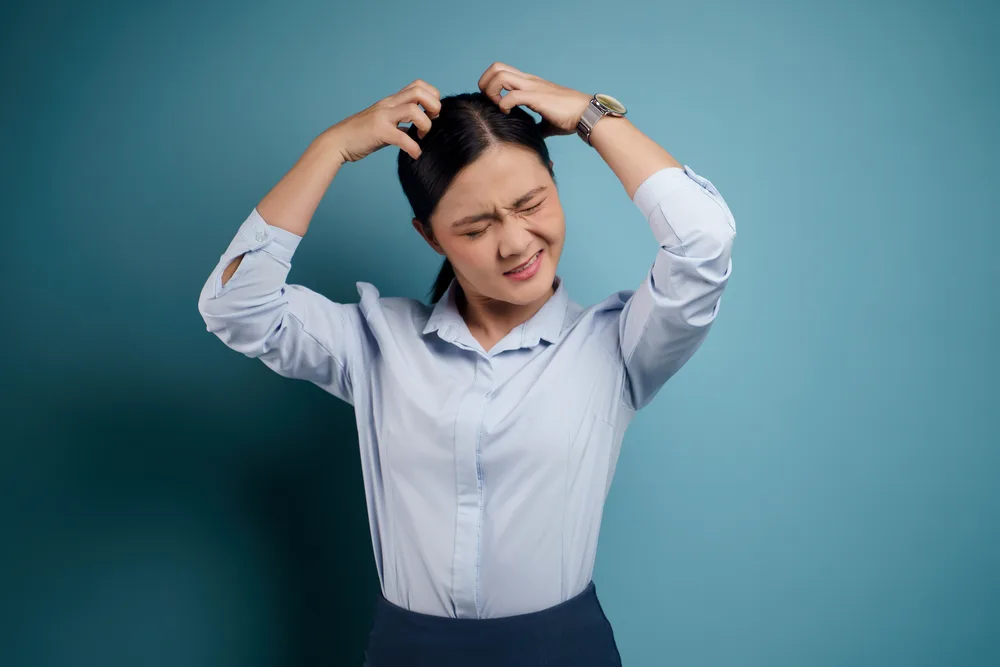
Considerations and Drawbacks:
- Lack of Foaming Action: Some users associate a shampoo’s effectiveness with its ability to produce a rich lather. Sulphate-free shampoos, which typically produce less foam, may not provide the same sensory experience as traditional shampoos.
- Price Point: Sulphate-free shampoos, often formulated with premium and natural ingredients, can be more expensive than conventional options. However, many users view this as an investment in the overall health and appearance of their hair.
- Limited Availability: Although the market for sulphate-free shampoos has expanded, the variety and availability of these products may still be limited compared to mainstream shampoos. This could pose challenges for customers seeking specific formulations.
- Limited Lathering: Sulphate-free shampoos tend to produce less lather compared to their sulphate-containing counterparts. Some individuals may find this lack of lather less satisfying, as the foam is often associated with effective cleansing.
- Potential Buildup: Without sulphates to provide a deep cleaning action, sulphate-free shampoos might not remove product buildup as effectively. This can lead to a feeling of heaviness or greasiness in the hair over time.
- Adjustment Period: Individuals transitioning from traditional shampoos to sulphate-free alternatives may experience an adjustment period. During this time, the hair and scalp adapt to the new formula, and some people may notice changes in texture or oiliness.

